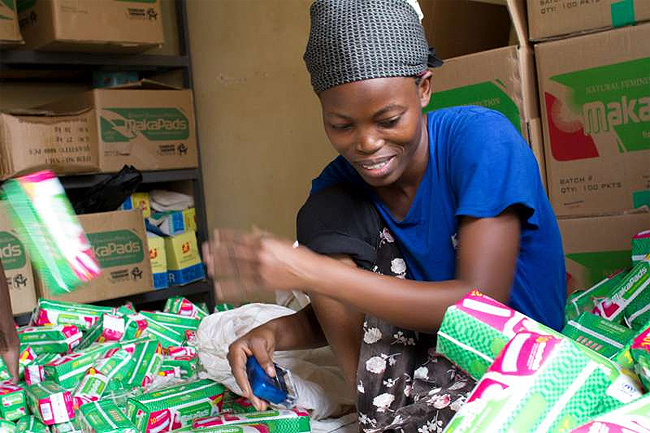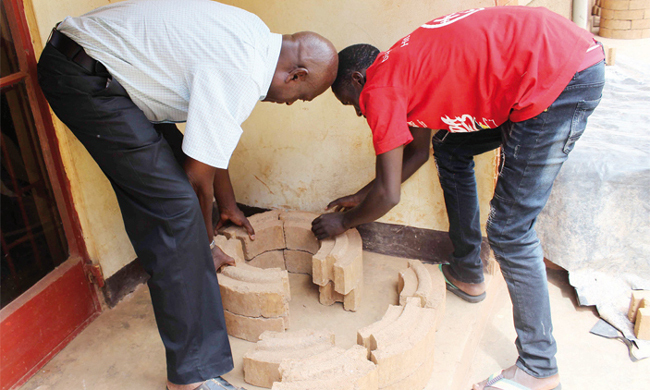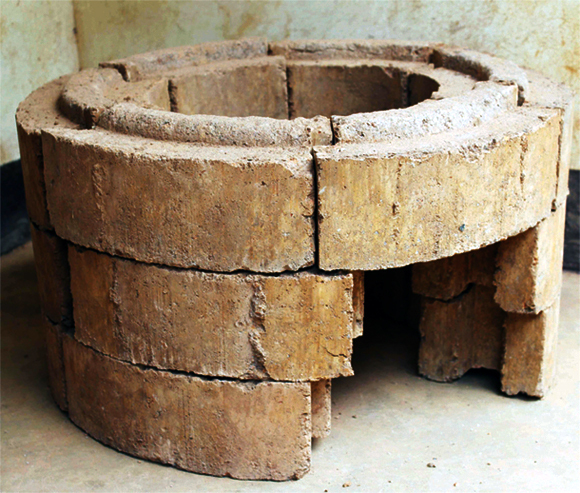MakaPad inventor Dr Moses Musaazi dies
Makerere vice-chancellor Prof. Barnabas Nawangwe describes the fallen don as one of the "most illustrious academics" the university ever had.
DEATH
KAMPALA - Makerere University's Dr. Moses Kiiza Musaazi, renowned for his extensive research and particularly developing a low-cost sanitary pads project 14 years ago, has died.
Musaazi was the brain behind the popular MakaPads -- disposable sanitary pads with a natural absorbent and a high absorption capacity, targetting mostly rural school girls.
Research had found out that the performance of many girls at puberty declined due to failure to access affordable sanitary towels during menstruation.
This study gave rise to an effective low-cost alternative to protect girls -- the MakaPads, which are made out of papyrus and paper waste. Musaazi was the man behind this idea.
In 2013, he received the Empowering People Global Innovations Award in neighbouring Kenya for his innovation that had gained popularity for championing efforts to have the girl child remain in school.

A young woman stamps expiration dates on hand-packaged MakaPad packets. (Credit: UNHCR)
The innovator's death was meant with shock.
Makerere University vice-chancellor Prof. Barnabas Nawangwe said Musaazi's passing had "left me in deep shock".
He desribed the fallen don as one of the "most illustrious academics" Makerere has ever had.
"Moses promoted Mak [Makerere University] through the most inspiring community outreach progammes I have known," Nawangwe tweeted Tuesday afternoon.
The greatest Practical Engineer of our generation. Great Mind but humble. Proud to have been taught and supervised by the this genius. RIP Dr.@KizzaMusaazi pic.twitter.com/IMZM5oNjU6
— Steven Alaali (@StevenAlaali) September 18, 2018
I am very saddened by the death of Dr. Moses Musaazi.
— Andrew Muyanja (@AndrewMuyanja) September 18, 2018
I have not met an academician as practical as he was! His research impacted many Ugandans and people world over.
May his soul Rest In Peace @KCCAED @IreneMuloni @MakerereU @cpmayiga @MakCEDAT @UMich @BugandaOfficial
Musaazi had said the MakaPads are three to eight times as absorbent as commercial pads and would last for as long as 12 hours.
An environment activist, Musaazi was once approached by the millennium village in Insingiro district to design a cooking stove that could save at least 50% of the fuel and would not cost more than sh20,000 of the fuel.
That inspired him to invent the MakaStove.

|

|
Also related to this story
Cooking made easy with the MakaStove
The plight of adolescent girls in school